The end of our special is nigh, so let's take today's to focus on the face of the industry: growers. Dutch, American, Turkish, Zambian - the nationality doesn't matter. If you talk to a greenhouse grower, you are sure you are going to get some spicy anecdotes. Let's have a look at these 10 grower stories from 2022.
"We are a company in continuous expansion and we are always looking for new product lines and new partnerships"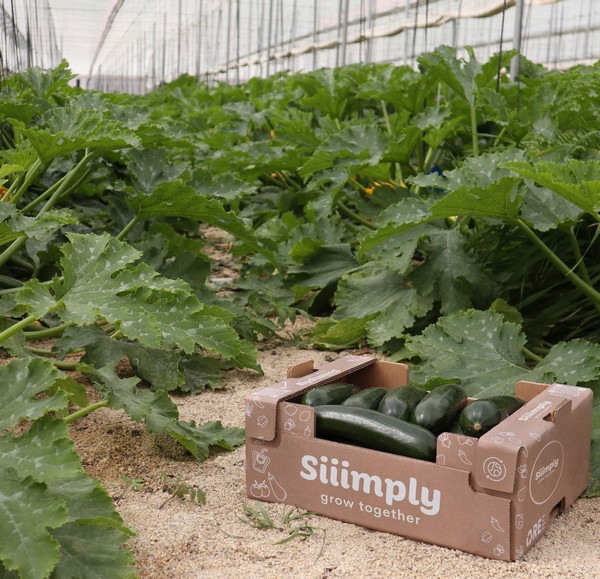
The consumption of organic food is on the rise in Europe, and in the Spanish province of Almeria, operators such as Siiimply Veggy are making it possible to supply organic fruits and vegetables all year round to meet this demand, which is on an upward trend in the continent and is expected to continue to increase, pushed by the European Commission's backing of a more sustainable food system in the EU.
Sollum and Savoura team up for a technological showcase involving strawberry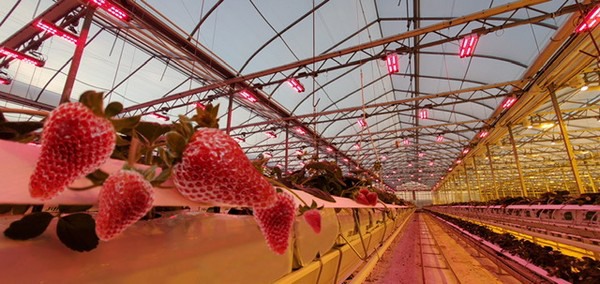
To highlight the benefits of dynamic lighting for Québec horticultural businesses, Investissement Québec, as an agent of the Québec government, has granted Sollum Technologies $350,000 in funding for a technological showcase involving a novel strawberry research trial in partnership with SAVOURA.
Strawberry production in greenhouses under lighting is relatively new. The goal of the project is to use Sollum Technologies' unique dynamic LED grow light solution to refine lighting strategies to increase the productivity and quality of greenhouse strawberries. The Ministère de l'Économie, de l'Innovation et de l'Énergie (MEIE) program is a perfect vehicle for this commercial-scale demonstration.
Zambia: "We produce 5,000 units of lettuce per week, per tunnel, year-round"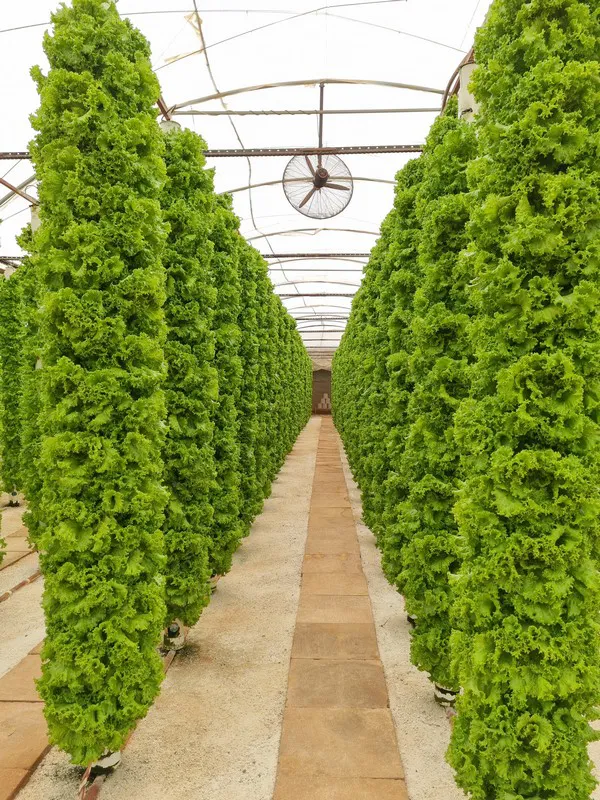
In Zambia, growers mainly grow two varieties of lettuce, according to Milo Miladinovic, founder of Hakuna Matata Farms. "And on top of that, we had talks with many big chains and retailers here which were trying to keep the shopping basket despite seasonal changes." Milo was planning on doing hydroponic cultivation to better support the food supply chain.
Family business: growing tomatoes in greenhouses for over 60 years with an eye on innovations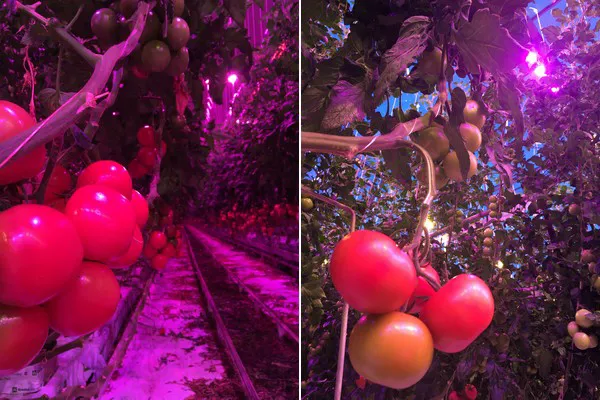
Gertjan van der Spek's family has been growing tomatoes for over 60 years. His father set up their first greenhouse in 1960. Thirty years later, Gertjan started to help his father with cultivation every day after school. Little less than ten years passed, and Gertjan followed his father's steps, though in his own way. In 2000, he started his own company, Solyco, and his father started working for him. "Today, he is 82 and still works at the company for 20 hours a week," Gertjan chuckles. Over time, he built three greenhouses, where he grows tomatoes.
Gertjan comes off as someone who isn't afraid to bet on technology and to take on investment if the trade-off is worth it. "I was interested in LED lights for a very long time," he says. "When I started my own greenhouse, I looked into getting an LED light system in the facility. Yet, the cost barrier back then was just too high and just didn't make sense." As time passed, however, LED technology kept improving, and with that, the cost barrier started going down and down.
Rooftop greenhouse meets production goals thanks to broad white spectrum LEDs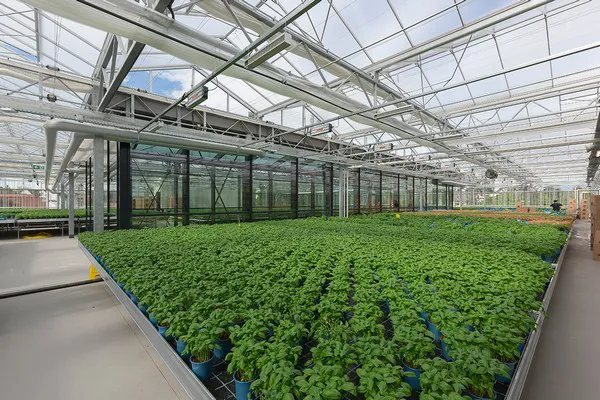
A little over one year has passed since REWE retail chain launched 'the supermarket of the future': that is, a retail store with a greenhouse on the rooftop. While the rooftop greenhouse certainly catches the eye, there's a lot more going on there. For instance, the structure is made out of wooden columns, and everything runs on 100% green energy. This rooftop greenhouse plus supermarket is the actualization of REWE's plan of making grocery shopping an actual experience, with fruit and vegetable presented as if it was a farmers' market. "This first pilot store was the first supermarket with a rooftop greenhouse in Europe," says Nicolas Leschke from ECF, the company operating the greenhouse. In there, they grow basil in a mixture of hydroponics and aquaponics, making it a source not only of fresh herbs but of fish too. But what were the elements that made the rooftop greenhouse such a success? Of course, an utter focus on growing sustainably was a major one. At the same time, instrumental was the lighting solution they went for.
"We control the environment entirely – we call it data-oriented cultivation"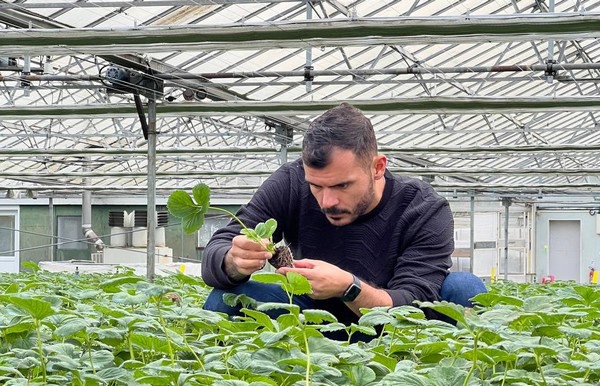
There are many opportunities in the strawberry space in the UK. This is mainly because, historically, the country has mainly relied on imports during the out-of-season period, while it could count on local production during the summer months only. With advancements in CEA strawberry cultivation, many growers seized the momentum. For instance, Amsterdam-based agtech enterprise SMARTKAS has built one of the UK's largest and highest-yielding vertical strawberry farms just outside of London in Harlow, Essex. "SMARTKAS specializes in providing food security as a service globally," says Andreas Lypas, operations manager at the company. "We are focused on running facilities around the world. We design, build, own, and operate many types of smart farms. That could be fully automated vertical smart farms or smart greenhouses. It depends on the individual needs of the country in which we operate." SMARTKAS indeed has operations also in the Netherlands, Hungary, Brazil, and Romania.
Grower tries' V-shape' steering, already sees positive results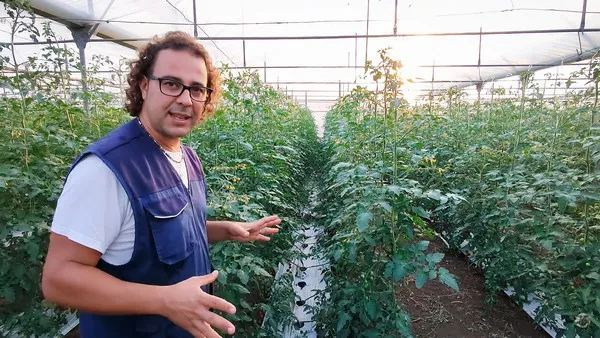
An Italian grower out of Sicily is seeing healthier and bigger plants thanks to a 'V-shape' steering, as the grower calls it. They say this is something new they tried and are already seeing positive results. The grower merged the plant rows to make them double, with a double irrigation line per row. "We put the double irrigation lines at an average of 1 meter away from each other," he explains. "Each row is 2 meters away from each other. We planted the young tomato plants in the middle – in between the irrigation lines, that is – at a distance of 45 cm from one another."
"Is there a crop that is 100% sellable, and keeps its value over time? Answer is seaweed"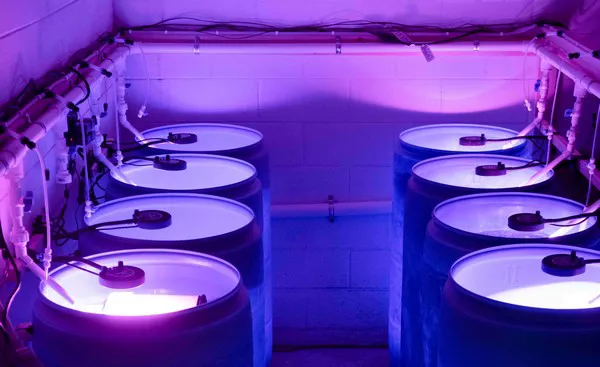
CEA is all about replicating nature indoors, so why not oceans too? This is basically the question that Serge Boon, founder of Boon Greenhouse Consultancy and of Surge Seaweed, asked himself. Well, he didn't really approach this from that perspective but rather from a more horticultural standpoint. "I have been in the greenhouse industry for my whole life," he says. "And I see that there are problems with traditional crops when it comes to shelf life and the need to sell your crop when it needs to be harvested. Oftentimes, you can't 100% predict your harvest volume, and then a grower ends up throwing away a lot of stuff. Another factor is that traditional crops need a certain size to be considered "sellable." So, I asked myself: is there a crop that is 100% sellable, and keeps its value over time? Answer was seaweed."
"Everybody said we couldn't grow high-wire in such a low greenhouse"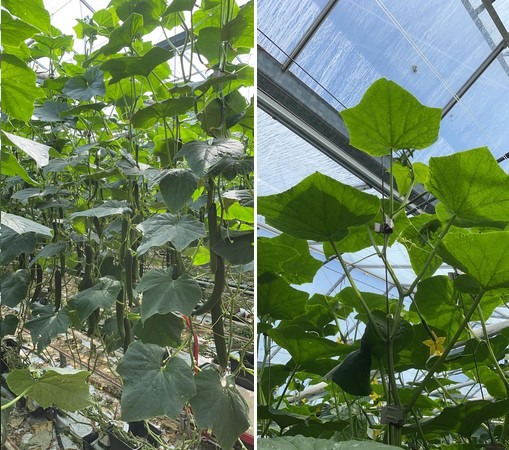
Cucumber grower Hans Kik left school in 1983 but did not sign up for horticultural training. Since then, he has more than made up for that 'disadvantage' in practice. At the family business in Sirjansland, the grower discovered that he enjoys coming up with creative solutions to growing problems. He will now share his experience with growers as an advisor. So don't be surprised if you call Hans Kik Hogedraadadvies and you see him riding his motorbike. "I am the flying spokesman," he chuckles.
"Setting up this dragon fruit greenhouse was a dream come true"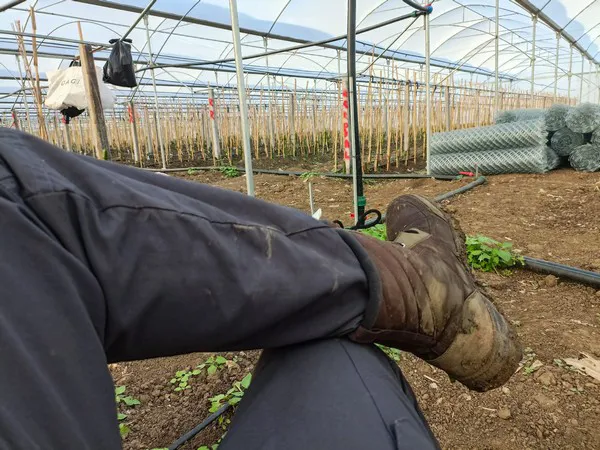
Climate change is posing great challenges to growers: for instance, the fluctuating weather may not be suitable anymore to grow specific crops in a location. At the same time, the other flip of the coin is that different crops can now be grown. This is the case for Pitaya in Turkey. "Climate conditions have changed, and now we have a climate that can be considered tropical here," says Hayri with Alfa Organik Tarım İşletmesi. "Until two years ago, only two hectares were dedicated to Pitaya. Now, these are more than 100."
